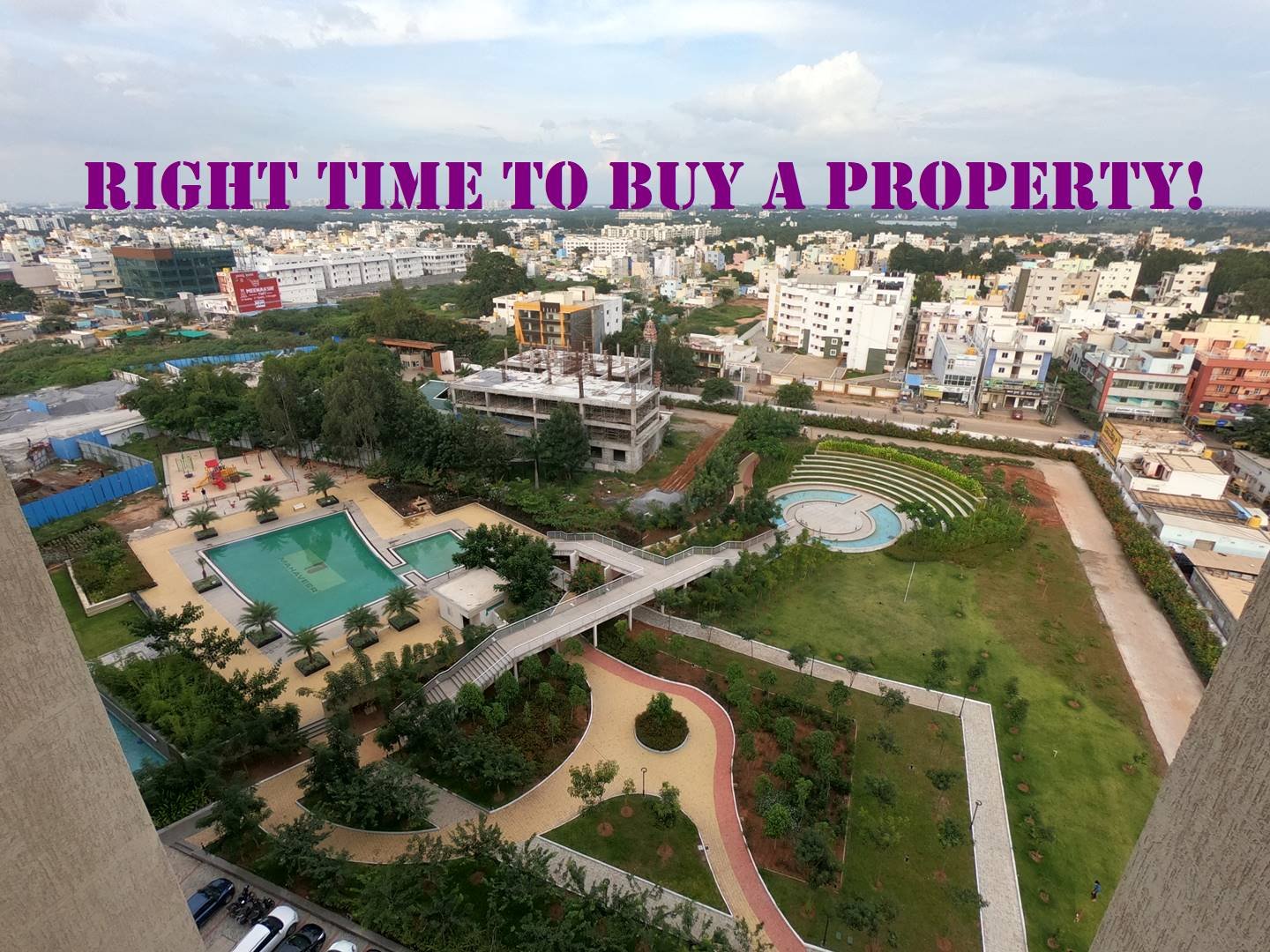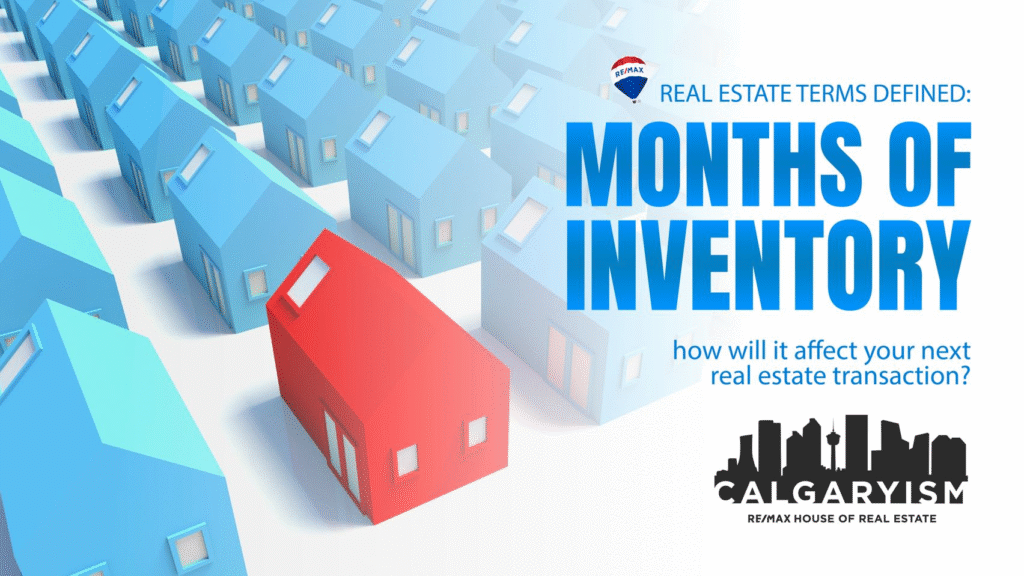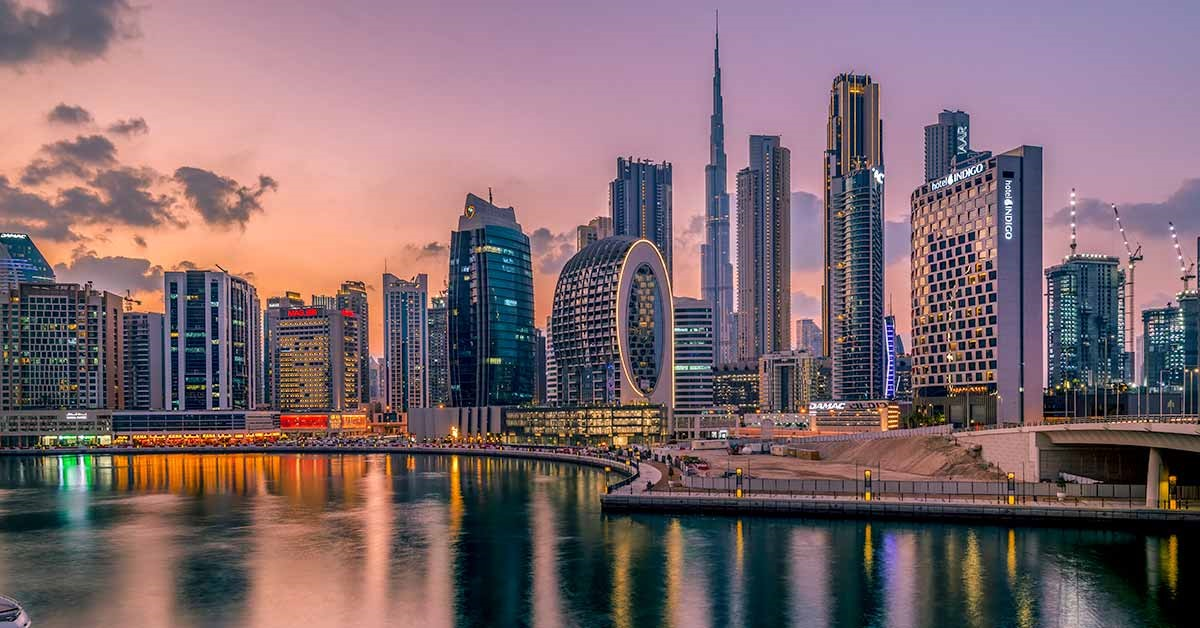Now Reading: India’s Real Estate in 2025: A Landscape of Growth and Innovation
-
01
India’s Real Estate in 2025: A Landscape of Growth and Innovation
India’s Real Estate in 2025: A Landscape of Growth and Innovation

Table of Contents
India’s real estate sector in 2025 is witnessing one of its most significant transformations yet. With over 1.5 million searches monthly and climbing, interest in the housing market has never been higher. Fueled by a mix of government initiatives, evolving consumer preferences, and cutting-edge technologies, the landscape is thriving with potential. Whether you’re a first-time buyer, seasoned investor, or simply exploring your options, there’s something in this new era of real estate for everyone.
Urbanization and the Rise of Tier-II and Tier-III Cities
The charm of metropolitan giants like Delhi, Bengaluru, and Mumbai hasn’t faded—but what’s catching investor attention now are Tier-II and Tier-III cities. Towns like Nagpur, Kochi, Surat, and Visakhapatnam are no longer underdogs. Thanks to better road connectivity, smart city initiatives, and IT/industrial expansions, these cities are delivering promising returns on investment.
Many families are moving out of metros in search of more space, affordability, and a higher quality of life. Developers are responding with integrated townships, green buildings, and gated communities in these regions—often priced at nearly half the cost of similar properties in metros.

Affordable Housing: The Heart of the Market
The backbone of the Indian real estate boom remains affordable housing. With growing aspirations among middle-income families and first-time homebuyers, the demand for budget-friendly yet quality housing is soaring.
Government-backed schemes like PMAY and CLSS subsidies have played a critical role in bringing millions of Indians closer to homeownership. The introduction of 1BHK and 2BHK units with modular designs, shared green spaces, and community centers makes living dignified and comfortable even at lower price points.
Builders like Tata Housing and Mahindra Lifespaces are setting new benchmarks by offering luxury finishes and smart amenities, even in affordable segments.
Luxury Living and NRI Investments
At the other end of the spectrum, India is experiencing a luxury renaissance. Premium gated communities, penthouses with skyline views, private pools, concierge services, and home automation are no longer exclusive to a few metro cities. They are now available in Pune, Chandigarh, and even Goa.
NRI interest is peaking, especially from the UAE, USA, and Singapore. The weakening rupee combined with soaring rental yields in Indian cities makes real estate one of the safest and most profitable options for diaspora investors. Areas like Gurugram, Whitefield (Bengaluru), and South Mumbai continue to be hotspots for NRI buyers.
Sustainable and Green Building Practices
Sustainability is no longer a niche concept—it’s a standard. From rainwater harvesting and solar panels to waste segregation systems, the Indian buyer is demanding more eco-conscious living solutions.
Green certifications such as IGBC and LEED are becoming a norm for new constructions. Projects that prioritize natural lighting, ventilation, and energy-efficient appliances are not just good for the planet—they also help residents save on energy bills.
Moreover, developers are turning to recycled building materials, intelligent water usage technologies, and smart grids to drive sustainability forward.

PropTech Revolution: Technology is the New Architect
The PropTech wave has completely reshaped the buying experience. Gone are the days of physically visiting 10 different properties. Now, prospective buyers use 3D virtual tours, AI chat assistants, automated documentation, and even blockchain-based registries for property deals.
Popular property platforms like Housing.com, NoBroker, and MagicBricks have upgraded their tech stack to offer real-time property insights, area comparison tools, and price predictors. The digital-first homebuyer of 2025 expects convenience—and real estate platforms are delivering.
Smart home systems powered by Alexa or Google Home are now integrated into mid-range properties as well. Motion sensors, remote-controlled lighting, and smart surveillance cameras are becoming standard.
Senior Living: The Silent Disruptor
India’s elderly population is projected to cross 200 million by 2030, and the real estate industry is finally paying attention. Senior living communities, once seen as retirement homes, are now vibrant, inclusive ecosystems with medical support, recreational activities, and mental wellness programs.
Locations like Coimbatore, Dehradun, and Mysore are becoming retirement capitals, with real estate offerings designed to cater to health, safety, and social engagement.
More importantly, millennials are now actively buying senior homes for their aging parents as an act of love and care—a trend that’s changing the perception of assisted living in Indian culture.
Government Policy: Building Investor Confidence
Regulatory clarity continues to be a key driver of trust. The Real Estate (Regulation and Development) Act (RERA), implemented across states, has forced developers to become more transparent and accountable.
With fast-tracked approvals and digitized land records, the government is making strides to ease doing business in real estate. The recent focus on single-window clearances and GST simplification has further encouraged private investments and foreign direct inflows.

Co-Living, Fractional Ownership & Emerging Trends
Young professionals and students are fuelling the rise of co-living spaces—fully furnished rental homes with community kitchens, gyms, and social events. This model is popular in tech hubs like Hyderabad, Pune, and Bengaluru where flexibility and affordability matter most.
Another innovative concept growing in popularity is fractional ownership. This allows multiple investors to own a share in a commercial or high-value property, enabling middle-class investors to earn rental income from premium assets like offices or malls.
With the success of REITs (Real Estate Investment Trusts) on the stock market, smaller investors now have easy access to real estate portfolios, without buying full-scale properties.
Real People, Real Stories
Rohit Sharma, a first-time homebuyer in Indore, recently purchased a 2BHK flat under PMAY. “I never thought I could afford a house in my late 20s. But with the subsidy and a low-interest rate, it became possible,” he shares.
Meanwhile, Nisha and Ajay Patel, an NRI couple from Dubai, invested in a luxury villa in Hyderabad. “We wanted to stay connected to our roots and also have a retirement plan. The property value has appreciated by over 20% in just one year,” says Nisha.
These stories are not unique—they reflect the optimism driving India’s real estate surge.
Final Thoughts
India’s real estate sector in 2025 is bold, diverse, and future-ready. Whether it’s luxury living or affordable housing, urban growth or retirement communities, the industry is aligning with the aspirations of a new India.
As technology deepens, policies streamline, and lifestyles evolve, one thing remains certain—real estate is not just about buying land or a house anymore. It’s about investing in dreams, security, and a better future.
For buyers, developers, and investors, the time to dream big—and act smart—is now
Also Read –Sell Your UAE Property Fast with These Proven Strategies 2025



















